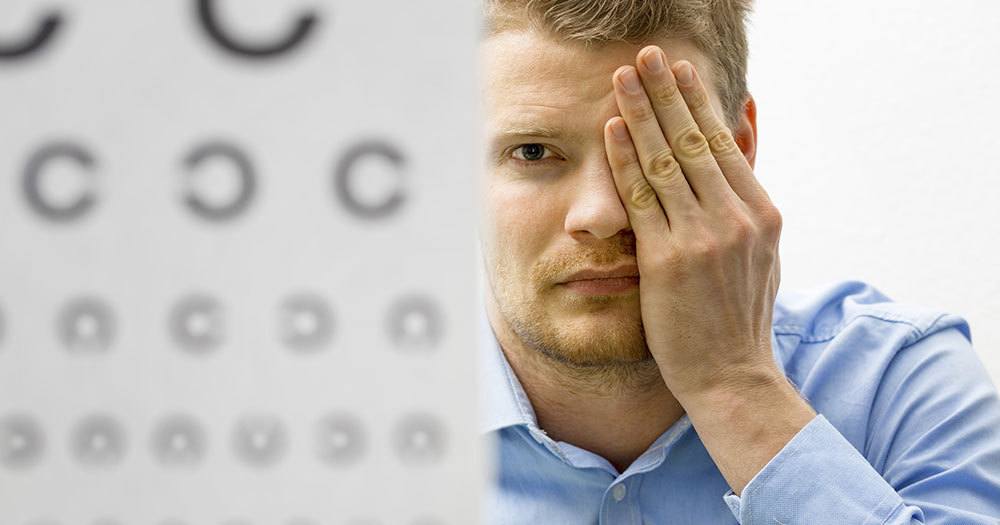Are you tired of the daily hassle of glasses or contacts just to see things clearly? Do you find yourself squinting to read a book, or struggling to focus on objects close to you? If so, you may be part of the population living with hyperopia, commonly known as farsightedness. Farsightedness can significantly affect your quality of life, but with modern technology, there are solutions available. One such solution is LASIK surgery. This blog will delve into the world of LASIK for farsightedness, shedding light on how this state-of-the-art procedure can help you regain the visual clarity you’ve been longing for.
How Does LASIK For Farsightedness Work?
LASIK surgery for farsightedness, or hyperopia, works by reshaping the cornea so that light entering the eye can be properly focused onto the retina. Here’s a step-by-step guide to how the procedure generally works:
- Preparation: Prior to the procedure, anesthetic eye drops are administered to numb the eye. And a device is used to hold the eyelids open.
- Flap Creation: The surgeon uses a microkeratome (a precise surgical instrument) or a femtosecond laser to create a thin, circular “flap” in the cornea.
- Reshaping the Cornea: The surgeon then lifts this flap to expose the underlying corneal tissue and uses an excimer laser to remove some of this tissue. The laser used in LASIK emits a cool ultraviolet light beam that precisely removes a tiny amount of corneal tissue — usually less than the thickness of a human hair. For farsighted patients, the cornea is made steeper to allow light to focus on the retina correctly.
- Flap Repositioning: Once the cornea has been reshaped, the surgeon repositions the corneal flap. That naturally adheres to the cornea without the need for stitches.
- Recovery: The recovery period is typically quick. Some patients experience improved vision within a day, while for others it may take several weeks. Patients are typically advised to avoid certain activities for a period after surgery to allow the eye to heal properly.
Keep in mind that while LASIK surgery has a high success rate, the procedure may not be suitable for everyone. The suitability of LASIK and the expected outcome depend on several factors.





